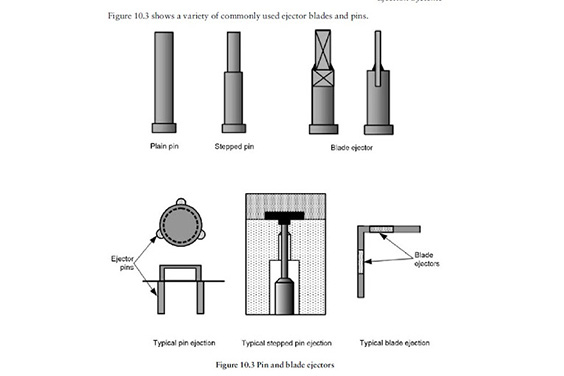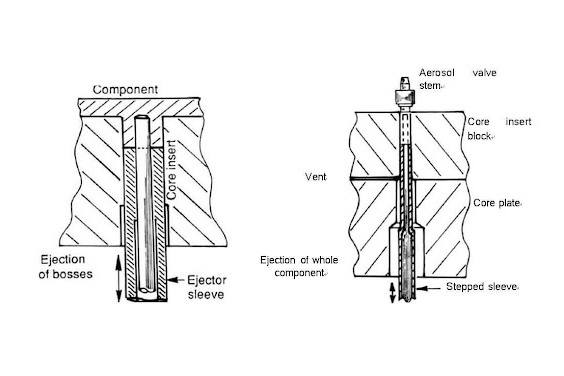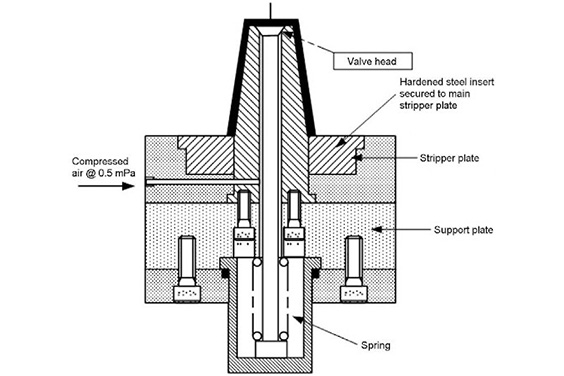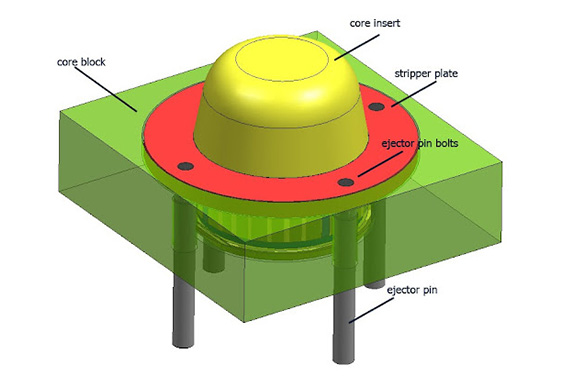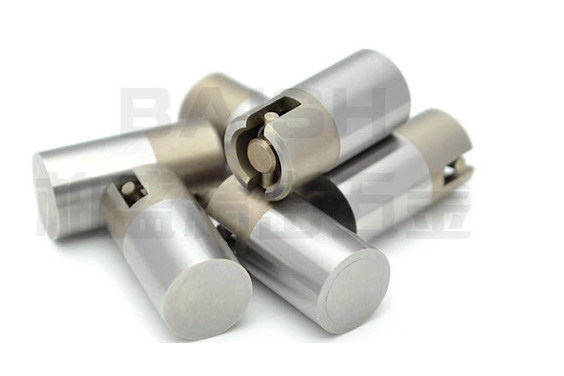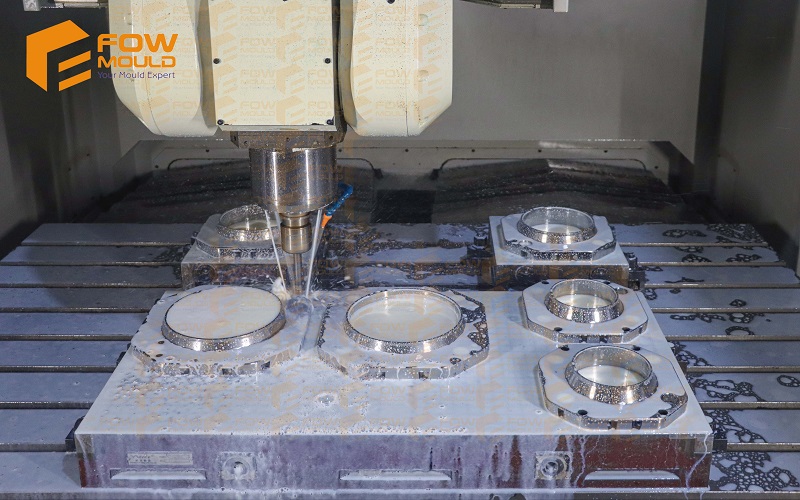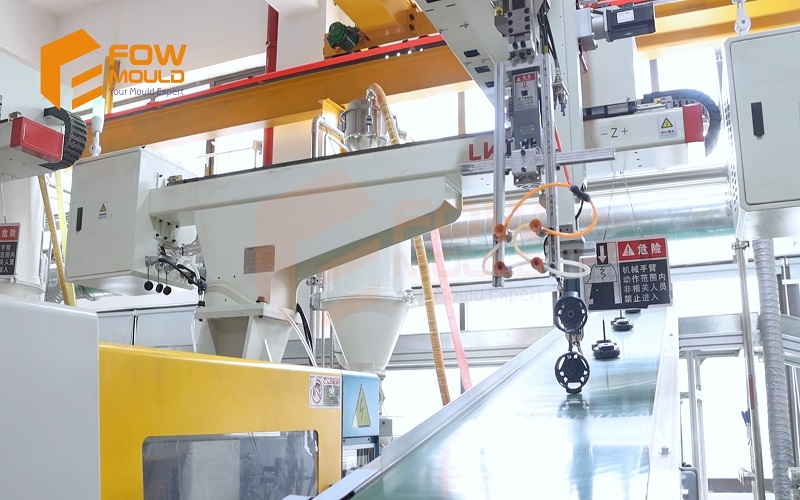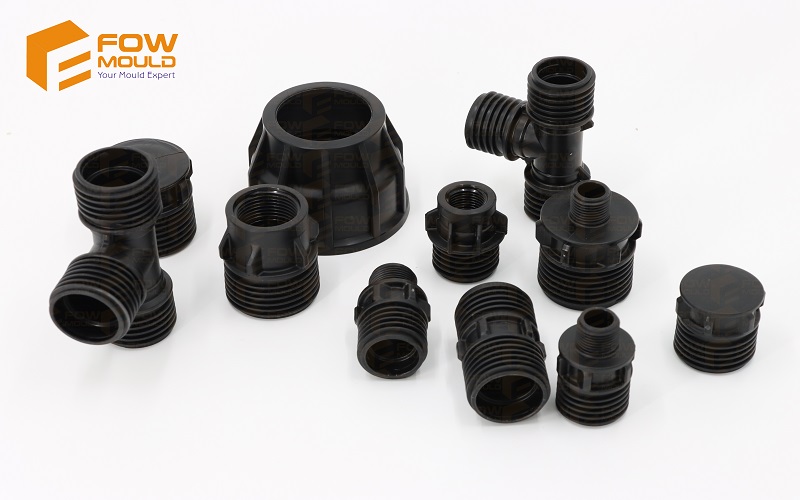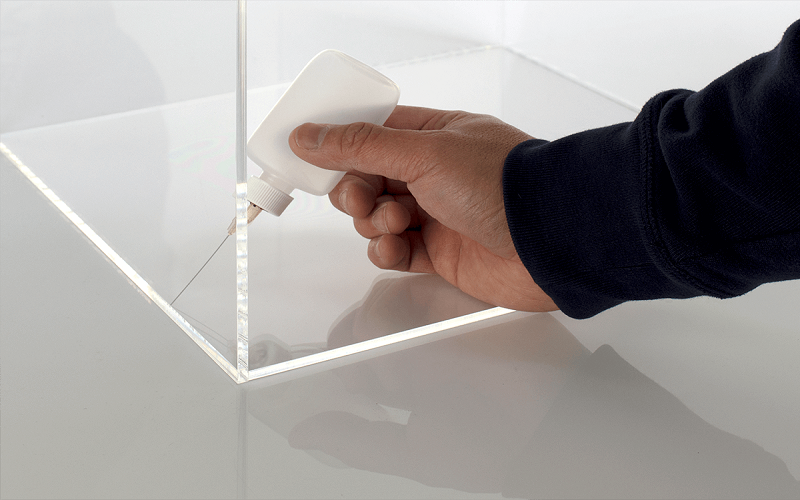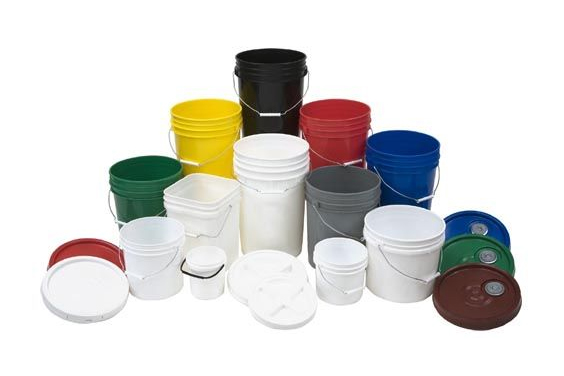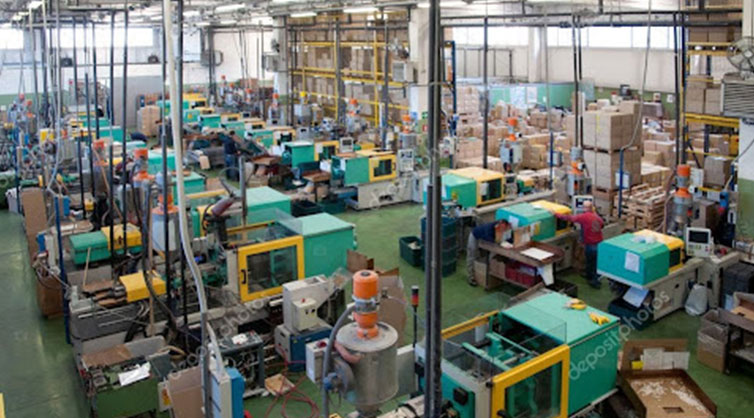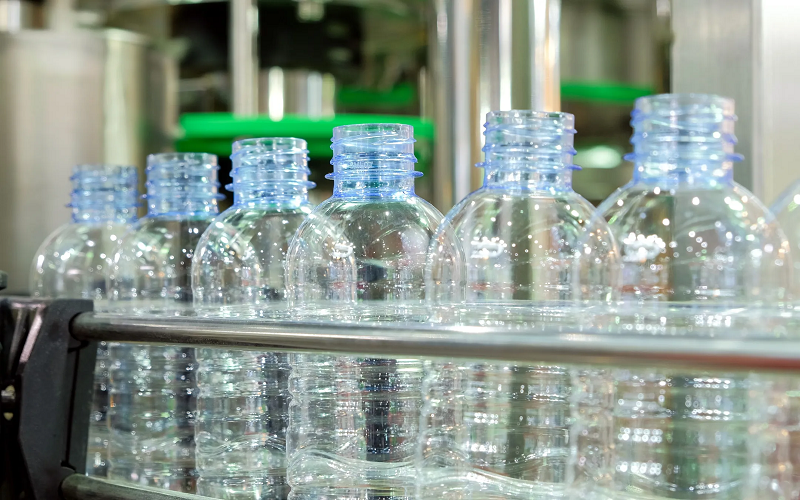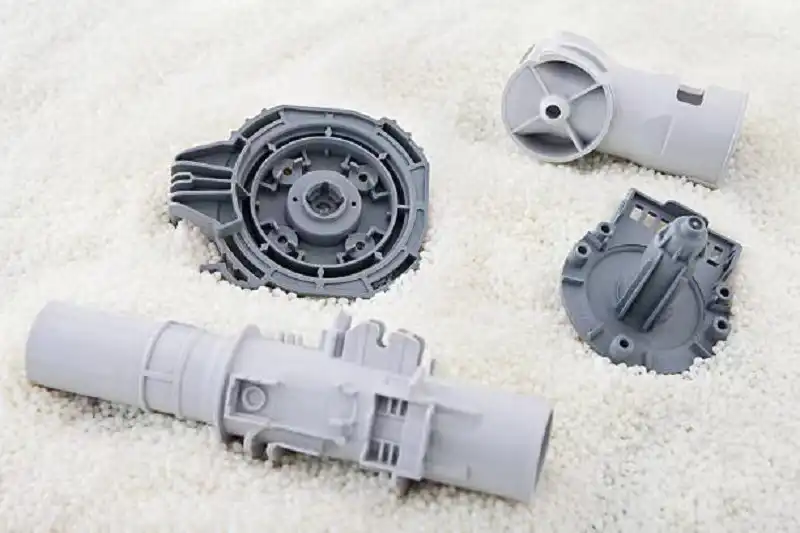
Types of Ejection System in Injection Molding
- Home
- > Blog
Share :
Share :
An injection molding process is made up of various parts, each working towards the same goal. Each section is designed to handle different sections of the production process. There are the melting cauldrons where the raw material is melted down into a molten and free-flowing form. There’s the infection nozzle that feeds the crate, there’s the gate that controls what goes into the crate, and then there are the ejectors.
An ejection system is very important as it is what clears the crate for another injection. It also determines the health of the product since it can destroy everything if it is not done the right way. We are going to explore the types of ejection systems that exist and how they affect the entire process all the way to the finished product part. Stick around if you have always wanted to know more about how the system works.
Pins and Blades Ejection
This is an election system that makes use of pins and blades, and it is considered to be among the cheapest forms of ejections in the injection molding world. The pins are fitted into the base of the crate inside predesigned indentations. When an ejection happens, they are ejected alongside the molded item and removed later.
The limitations of this system are that the likelihood of component distortion and damage is very high, and this always happens in the locations where the pins and blades are located. This is especially very common in mold products like auto molds.
Ejector Sleeves
These are designed to have the ability to eject specific features like recessed holes, bosses, among many others. They are a little more costly due to their specialized work, but they are more reliable than pins and blades. The ejection forces applied in this system are also evenly distributed, and this makes for a clean removal of the molded part, an efficiency that many stems lack. On the flip side, however, the ejector sleeves wear it way too fast as they are made with both internal and external working faces.
Valve Ejectors
Valve ejectors are designed for large parts, and they can also be applied for many other roles for varying sizes of molded parts around the manufacturing plant. They are made with a flat head design which gives them the ability to support the thin-walled components and eject them safely without ripping them apart. This is why they are used in processes that make use of soft and flexible polymers like HDPE bottle caps. They employ gravity in the process where they settle back down once an ejection has taken place, waiting for the next batch.
Stripper Ring Ejection
Also called plate ejection system, this is an election mechanism that works by pushing and pulling them off the mold crate once the cooling process is done. This is done through peripheral contact that’s applied around the component base. The stripping action provides the molding manufacturers with benefits like a clean ejection that ensures the final product doesn’t sustain any damage or distortion along the way.
However, the downside of using this method for mould design is that it promotes the wear and tear of tooling equipment. The ring sizes are usually very huge and are made of hard material. Every time these come into contact with the other parts of the molding machine, some wear and tear occur.
Air Ejection
This is handled by pneumatic air pistons to eject the end product once the cooling process is complete. It is a very reliable form of ejection system as it doesn’t rely on many moving parts. The air simply applies the sufficient pressure that’s big enough to push the molded item out in a clean fashion. This system is ideal for thin-walled parts and is used widely for injection mold making processes that make large parts. Compared to other systems, the level of damage in this system is minimal, and there’s more control over the amount of air pressure that one can apply.
Things to Consider When Choosing an Ejection System
When it comes to choosing an ejection system for your injection molding process, there are some important factors that you have to pay close attention to. These factors will affect the state of the end product, and they include the following.
- The ejector components must be able to fit into the mold without distorting the original shape of the part being molded. So the mold has to accommodate them first before any molten material is injected.
- The amount of distortion that can be tolerated. The ejector system is there to help the molded parts get ejected. Avoiding damage is impossible, but it should be minimal.
- There has to be sufficient extra room for any additional ribs if the situation demands it. Molding crates are created to be flexible and can be used to make small and large parts with little modifications. There has to be room to accommodate these changes.
- Material degradation is also another important factor to consider. Owing to the metallic construction of the most tooling components, abrasion is expected, but the elector parts have to be designed in a way that reduces the intensity of that abrasion so that the final product comes out intact.
- The cycle times are another important factor worth paying attention to. If you are designing for larger machines, then you will probably have to deal with longer cycle times compared to smaller items. This should help you configure an ejector system that can reduce that.
A Trustworthy Injection Molding Services Provider
As mentioned above, there are a lot of things you need to take into consideration if you want to produce plastic products using injection molding technology. But don’t worry, you can find a reliable injection molding services provider to help you handle all those issues.
FOW Mould is the optimal choice for all those who want to manufacture injection molded products that range from household products to plastic solar panel parts.
Whatever product you want to produce, FOW Mould can always be helpful. This company helps you design the molds and products, and offer you injection molding services to manufacture the products with high-quality raw material. By the way, the lead time is relatively short so that you can get the products as soon as possible.
Table of Contents
Conclusion
An ejection system is just as important as any other part of the injection molding machinery. For the process to be fast enough to handle mass production, the ejection system has to be fast and efficient. For more information on molding and what happens in the background during manufacturing, check out our website and have all your pertinent questions answered by our team of experts.

